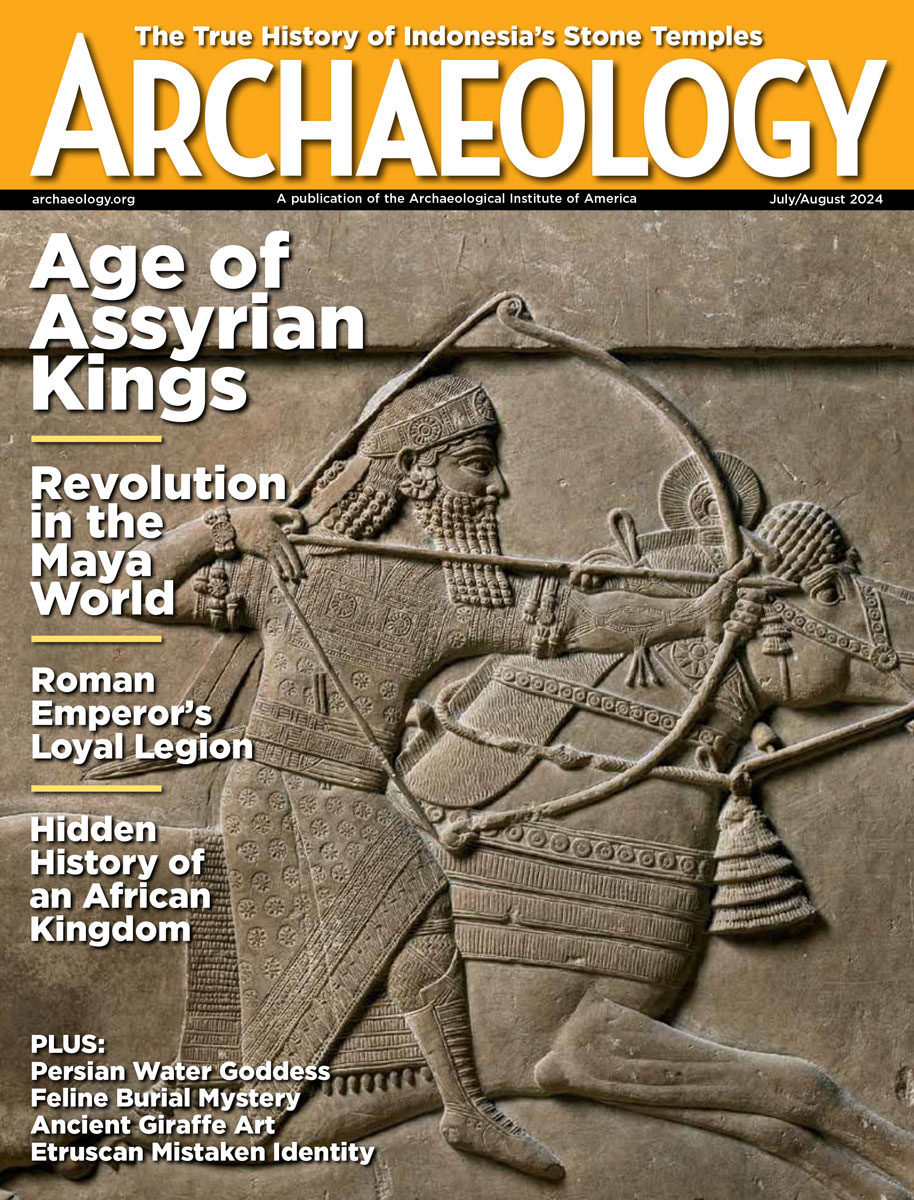Wednesday, May 2
May 2, 2012
Red blood cells have been recovered from Ötzi the Iceman, the 5,300-year-old frozen mummy discovered in the Alps along the Austrian-Italian border in 1991. The intact blood cells were found in a tissue sample taken from an arrow wound in his shoulder, and identified with an atomic force microscope. “They have the typical form, this kind of doughnut-like shape of red blood cells,†said Albert Zink of the European Academy of Bozen/Balzano. The scientists also identified fibrin, which appears in wounds as part of the initial clotting process. “The fact that we found some of the fibrin confirms that he didn’t survive the arrow for a long period,†Zink added.
A large, 2,800-year-old necropolis has been found in the path of a highway that will connect Sofia, Bulgaria, to the Greek border. A silver earring, a pendant, and glass beads have been unearthed in the cemetery, which probably held cremated human remains in clay urns. Stone mounds built of imported rocks were also uncovered. The size of the necropolis may be explained by the two ancient settlements in the region.
Work on the sewerage system in Larnaca, Cyprus, revealed Phoenician tombs dating to the fourth through sixth centuries B.C. Work on the sewerage system will halt until archaeologists have finished excavating.
Syria’s general director of the Antiquities and Museum Department in Damascus reported that gunmen broke into the Crusader castle known as Krak des Chevaliers and have been looting it. Other sites, such as the twelfth-century al-Madeeq Citadel, have been caught in the crossfire between government and opposition forces. Tanks and bulldozers have also caused serious damage.
A temporary restraining order granted by a federal court judge in San Francisco will prevent the University of California, San Diego, from handing over two human skeletons to members of the Kumeyaay tribes. The skeletons, among the oldest found in North America, are 9,000 years old and well preserved. They were unearthed in 1976 during an excavation on campus property. Twelve federated tribes of Kumeyaay want to rebury the remains, claiming that they were found on their traditional lands, although scientists say there is no evidence linking the bones to the modern tribes. The restraining order expires on Friday, May 11.
In London, police have arrested two suspects in the case of the theft of Chinese artifacts from the Fitzwilliam Museum at the University of Cambridge, although none of the objects have been recovered. The case appeared on a crime show on television, and the authorities are still sorting through all of the tips that were received. The investigation continues.
A vase estimated to be 1,000 years old turned up at Goodwill Industries in Buffalo, New York. The vase contained a note saying it was found at Spiro Mounds, located in Oklahoma, in 1970. Officials from the Caddo Indian Nation were then contacted and they have claimed the artifact. “In turn they are going to give us a plaque, that will be displayed proudly, thanking Goodwill Industries of Western New York,†said spokesperson Dan Victori.
- Comments Off on Wednesday, May 2









